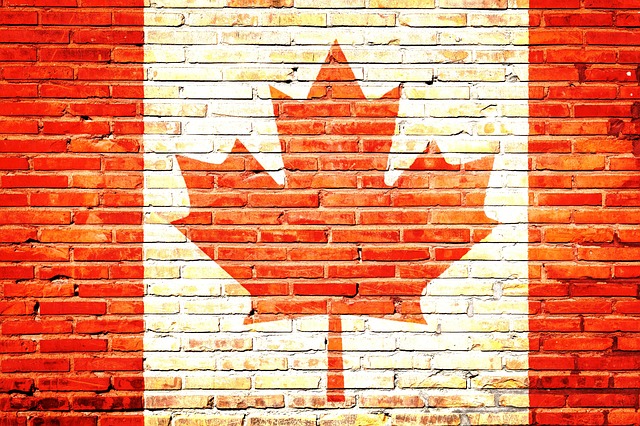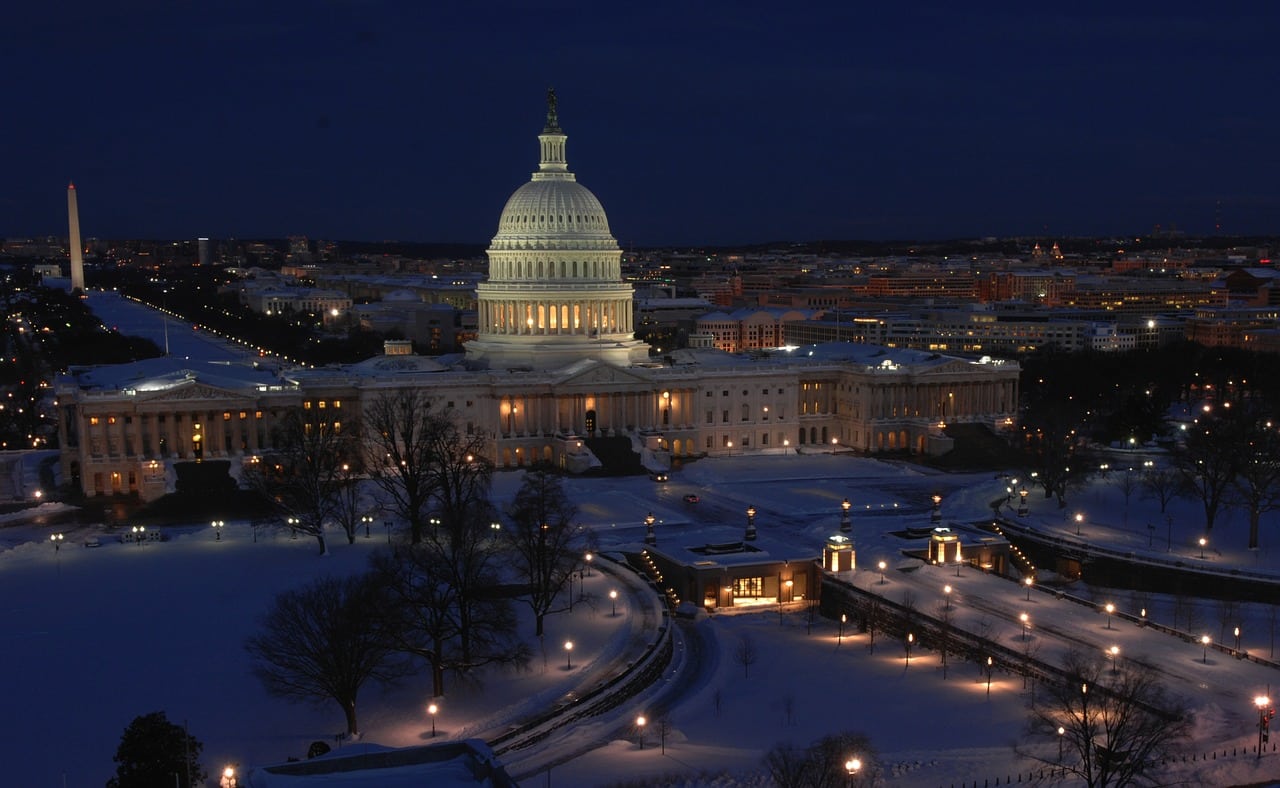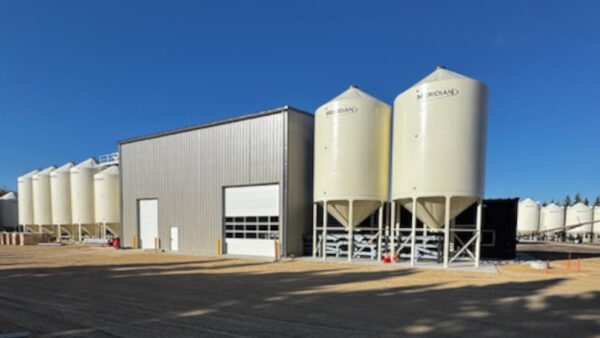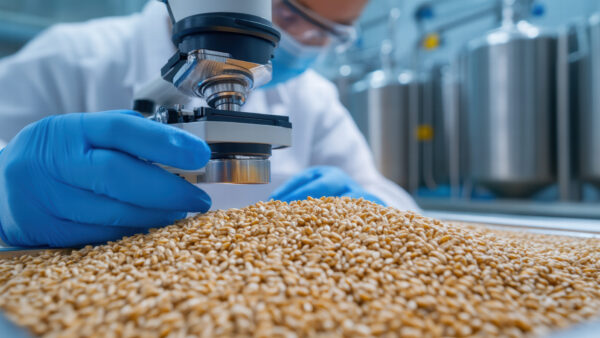The spectre of trade tariffs is not new to the Trump playbook, yet the latest volley of threats by the incoming U.S. president has once more fuelled concerns about economic harm. Tariffs against agricultural products may have meaningful impact to us, and could potentially shape our future.

The Canadian seed sector is at once internationally competitive and strongly embedded in the United States. Seeds for grains, oilseeds, and other crops regularly cross the border for breeding, production, and trade. Tariffs and/or non-tariff measures on these products could fragment supply chains, raise input costs to farmers and, consequently, undermine Canada’s image as a provider of quality seed.
In addition, the seed industry is the epicentre of wider agricultural innovation. Alterations in this area spread outwards to have repercussions on agricultural crop yields, food availability and the long term sustainability of farming systems. As the increased costs and difficulty inherent in cross-border co-operation make it less economically attractive, the Canadian position in plant breeding and agricultural research may be put at risk.
What can those of us in the Canadian seed sector do to prepare for a potential trade war?
Initially it is necessary that the movers and shakers within the industry work to get stronger trade deals. The renegotiated NAFTA (now the USMCA) does give a grounding but it might prove insufficient to survive the vagaries of Trump trade policy. Stronger language protecting seed trade and intellectual property rights could help mitigate future tariff threats.
Second, diversification must become a priority. Canadians have a long history of strong trade relationships with the U.S., yet a dependence on one market can be a weakness. Forging stronger relationships to Europe, Asia, and South America could help decrease reliance on the U.S. and create new market lines for growth.
Third, we should accelerate investment in innovation. When tariffs in fact drive up the cost of business, the best response is to increase the productivity and to introduce value-added seed lines that will justify a higher price. Canadian breeders are capable, from disease-resistant crops to climate-adapted genetics, of taking the lead in this regard. Nevertheless, they will require the full backing of government and private investors to keep up with international rivals.
Finally, advocacy is critical. We need to make our presence felt in Ottawa and highlight how strategic agriculture is and how government must be quick to counter the protectionist pressures upon it. This includes lobbying for tariff relief, export promotion programs, and policies that strengthen domestic seed production.
Tariffs are a crude tool of trade policy and they tend to create unintended repercussions on both sides. However, the risk is too great to let preparation be a gamble. Stakeholders can not only weather the storm but will come out of the sea of global commerce stronger focusing on trade diversification, innovation and strategic advocacy.
On the bright side, there is one potential silver lining to this latest trade drama, and that is the chance to prepare for the future so our industry can thrive in a new world. The sky is not falling, and if we band together we can future-proof our industry to survive in a world where the nature of trade might have changed profoundly. If we don’t, it could be a hard uphill climb for our country. The choice is ours to make.













